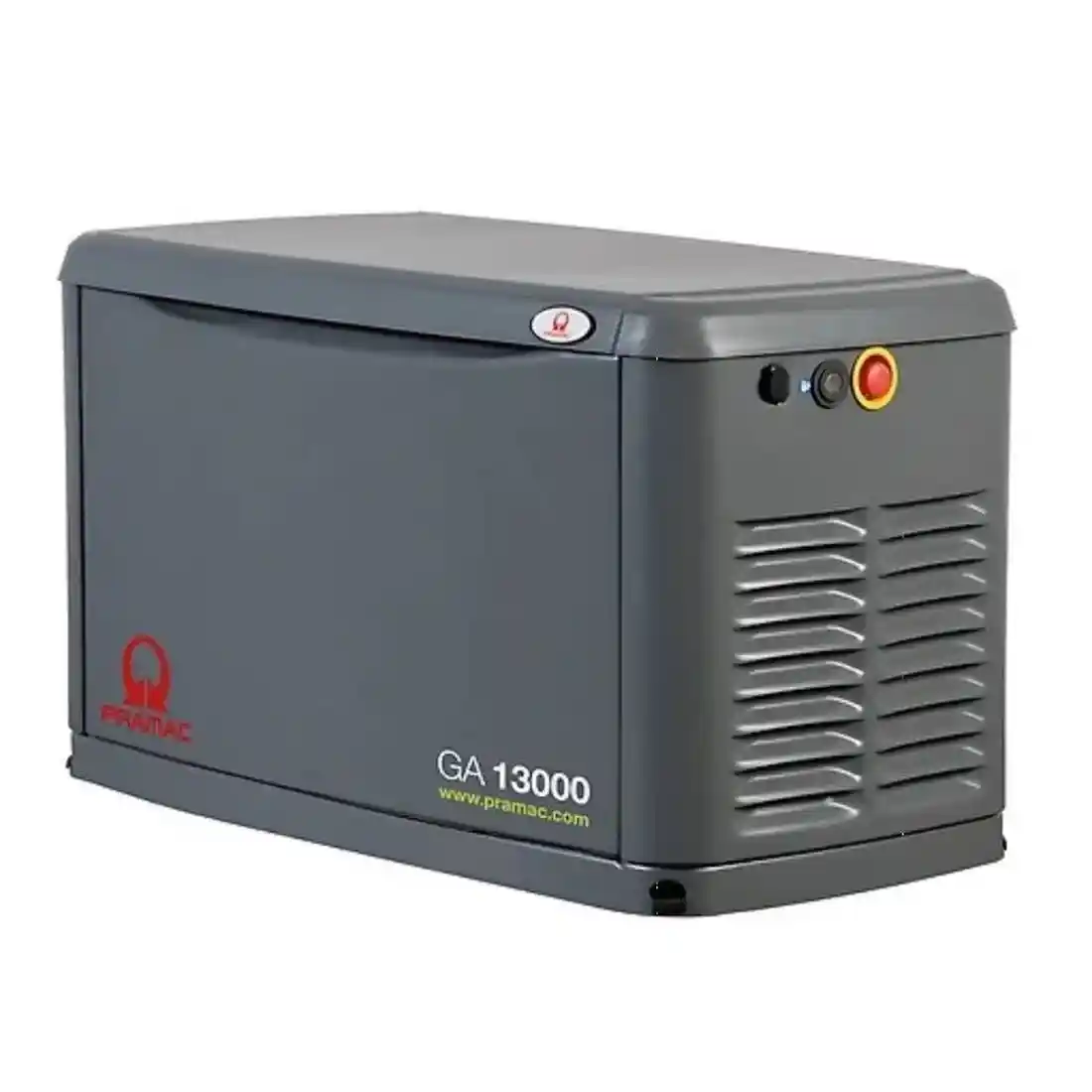How to Install a Residential Backup Generator

With the warnings from the national grid of impending power outages this winter due to the ongoing energy crisis, more and more homeowners are looking into alternative power solutions, including residential backup generators.
A home generator can be the perfect solution to keep the lights on this winter, as it can provide immediate, reliable and effective electricity to a home in the case of a blackout. To ensure you’re prepared, it’s essential you understand how to install a residential backup generator.
Different types of Residential Backup Generator
There are two main options for installing a residential backup generator for your home, each requiring a different installation method. One option is manually operated, using an extension cord to directly plug in each appliance with individual cables.
The second option works by powering a circuit panel using an automatic transfer switch to transfer the load from the mains supply to the generator with no user input. This type of generator installation will patiently await a power outage and then jump into action, so you won’t even notice a drop in power.
Using generator cords is more suited for short-term emergencies to provide power to small individual wired appliances. A backup generator that uses a transfer switch will typically be able to power entire rooms as it can power both corded and hardwired appliances and, therefore, provide electricity to your whole house during a blackout.
You must size your generator correctly to ensure you can power your equipment sufficiently, but also, don’t waste power and money. You can do this by comparing the wattage of the appliances you plan to power against the generator power rating.
How to install a residential backup generator yourself
In both cases, you should install the generator at least 5 feet from all windows and doors, ideally secured to a flat concrete flooring away from any shrubs or vegetation. You should shelter the generator from the weather in the case of rain. However, you should not place it in an enclosed area that limits airflow.
Generator Cords
Once placed as listed above, connect your generator to indoor appliances by running one generator cord from the unit and connecting multiple appliances to this or running several extension cables from outside to connect to appliances. The generator then needs to be manually turned on in the case of a blackout to provide power to the connected devices.
Automatic Transfer Switch (ATS)
Rather than plugging the appliances into the generator, connect the generator to the home’s transfer switch using a generator cord. In this case, mains power will be used as normal, and if it fails, a signal will be sent to the generator for the ATS to transfer the load to the generator. When the mains power is restored, the process happens again in reverse to transfer the load back to the mains power.
Professional Residential Backup Generator Installation
While it is possible to install a residential backup generator yourself, if you’re going via the automatic transfer switch route, we would recommend you consult an expert and use a qualified and experienced generator engineer. By doing this, the installation is carried out following the manufacturer’s instructions and recommendations so you can be confident in the generator’s ability to power your home without any issues.
We offer a generator installation service at Hampshire Generators, so if you want peace of mind that your generator is prepared to provide electricity amidst the warned winter power outages, get in touch today. With more than 30 years of generator installation experience across a wide range of different sizes and models, you can rest assured that your generator installation is in good hands.
On top of this, if you already have a backup generator but want to ensure it’s ready for action when you need it, we also offer servicing and maintenance for any brand or age generator.






